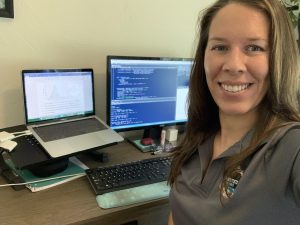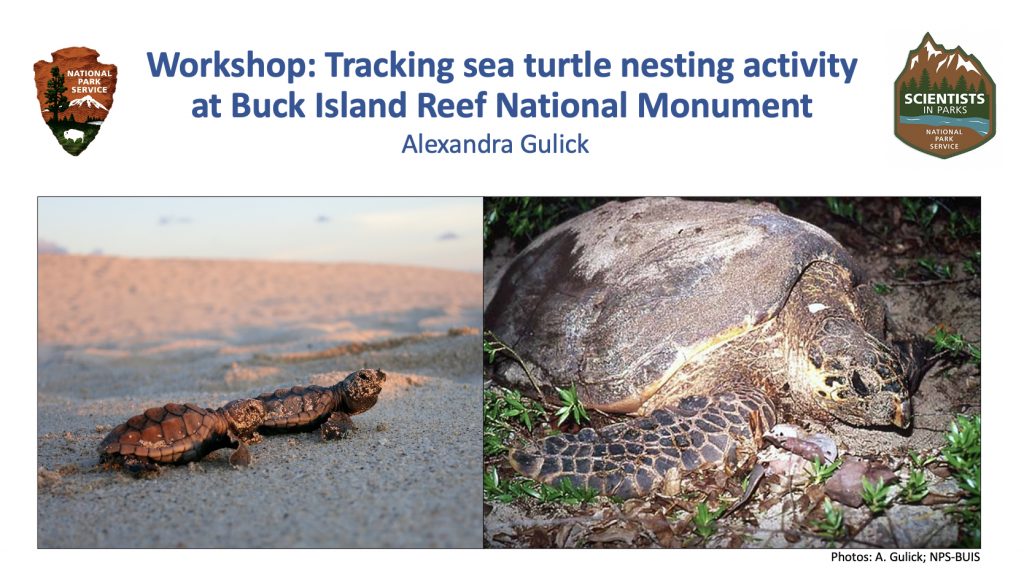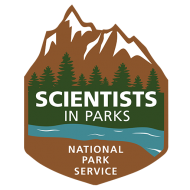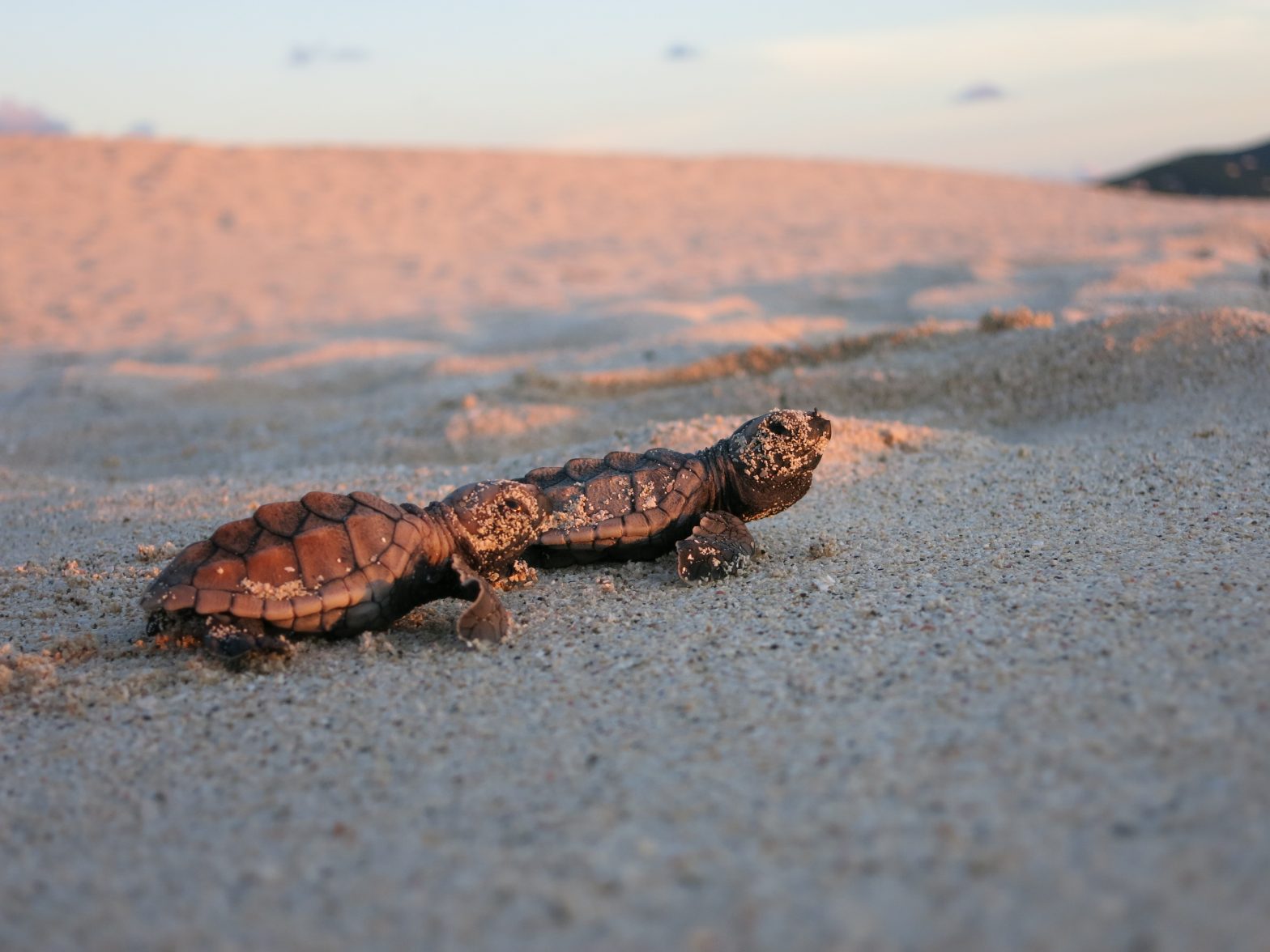I swear it feels like only yesterday that I started my position as a Scientists in Parks Fellow at Buck Island Reef National Monument (BUIS). It’s been a whirlwind of a summer, and since my position will end in a month, I would like to use this post to share something I have learned from this experience.

As mentioned in my previous post, one of the primary components of my project is to conduct a baseline assessment of the hawksbill turtle nesting population at BUIS using 33 years of data collected by the NPS Buck Island Sea Turtle Research Program. Project results will provide resource managers, along with local conservation agencies and the Virgin Islands Hawksbill Recovery Action Plan Working Group, with products that will guide future management practices for hawksbill turtles in the Virgin Islands. My project results clearly indicate a dramatic recovery of the hawksbill nesting population at BUIS since the 1980s — a remarkable success that’s attributable to the establishment of long-term monitoring and research programs, enforcement of conservation laws, successful eradication of invasive predators on the nesting beach, local education and outreach, and community support. However, the population appears to have stabilized in recent years, and with that trend comes many questions of what the future holds for this critically endangered species in the park and surrounding waters (stay tuned!). One aspect that is clear, is that hawksbills have recently been relying more heavily on the nesting beach habitat available on the neighboring island of St. Croix (Note: sea turtles lay multiple nests in a single season, sometimes on more than one beach).
Successful conservation of sea turtles at BUIS would not be possible without the support from the local community on St. Croix. One of the biggest things I have come to appreciate from my experience as a SIP Fellow is just how important it is to have that support, and how integral it is for resource managers and scientists to share the success of conservation programs with the community.

The “spill-over” of hawksbill nests on to St. Croix beaches – most of which are more developed and/or unmonitored – is a conservation achievement that comes with new challenges that will greatly depend on community support to address. As a SIP Fellow, I hope to contribute to sharing the success of the park’s sea turtle program with the public and raise awareness for the increasing presence of nesting turtles on St. Croix beaches, by conducting workshops on nesting beach monitoring methods for local students and community volunteers. I am beyond excited to visit the park later this month and engage with the public during these workshops!
Stay tuned for further updates on sea turtles at BUIS! You may also find me on Twitter (@AlexandraGulick), Instagram (@alexandra.gulick), or visit my website.

